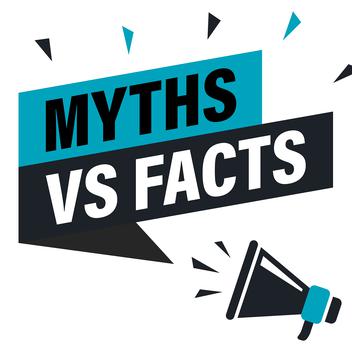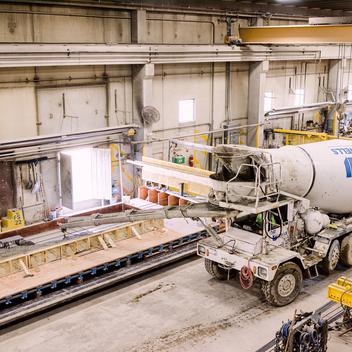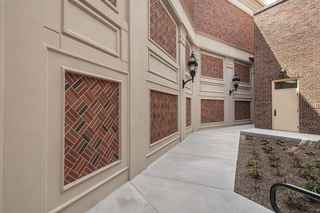
Architectural precast concrete provides one of the most versatile exterior architectural products available to the market. Using different combinations of cement, dye, rock, and sand can provide colors ranging from white to black. Once you have a color selected, we can begin to play with the exterior finishes to bring the concrete to life. This article will give you a more in depth look at how each of these finishes are created.
The first step in assuring the panels will have the best look, no matter the finish applied, is to pour the panels “face down” or so that the side receiving the finish is on the bottom against the form. This is essential to having the concrete mix consolidate the most consistently which reduces the chances of blotchiness across the panel.
Types of Finishes for Architectural Precast Concrete Wall Panels
1. As Cast or Smooth Form Finish
As cast finishes are how panels look coming out of the forms. As cast finishes can be used to give an industrial look or as an accent band in a panel with other finishes.
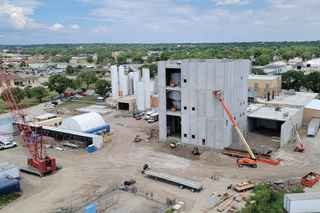
2. Acid Etch Finish
The acid etch finish is the least abrasive finish that only exposes the cement color and sand. Once the panels are stripped out of the forms they are brought into an indoor surface treatment building. The indoor wash bays are used to control the acid water runoff and ensure everyone within the area is properly protected. The process uses acid with high pressure water to etch the surface of the concrete. This usually darkens the finish and leaves a sparkle or “sugar-cube” effect.
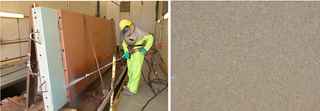

3. Sandblast Finish
The sandblast process is similar to acid etching where the panel is brought to an indoor finishing bay for final treatment after being stripped from the forms. The difference is instead of using acid to etch the surface, a blasting material (commonly sand) is used to abrade away the surface. This typically frosts and lightens the surface. A sandblast finish is a moderately abrasive finish that provides a good balance of the entire mixture by exposing the cement color, sands, and large aggregates.
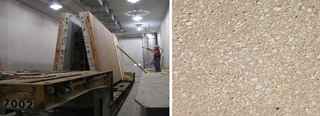

4. Waterwash or Exposed Aggregate Finishes
Waterwash or Exposed Aggregate finishes require a two-step process. First a chemical surface retarder is applied onto the forms prior to casting. When the concrete is poured over this chemical it doesn’t allow the exterior layer of cement to cure completely. When the panels are stripped the next day, they are brought into the surface treatment building and the brittle face of the panel is removed (usually by water blasting) to expose the large aggregates in the mixture.

5. Polish Finish
The polishing process uses a series of diamond grinding wheels to polish the surface, which results in exposure of the aggregate with a smooth polished finish similar to polished granite. The polishing itself is similar to how a cast-in-place floor slab would be polished, but the challenge with polishing precast wall panels is getting them into position to be polished. As mentioned above, panels with architectural finishes are poured face down so they need to be rotated completely and set down face up to be polished. A typical wall panel is never placed in this position, so extra consideration must be put into the design of the wall panel in order to handle the extra stresses applied to these panels.
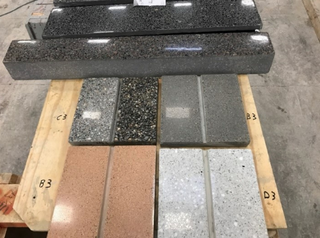

Wall Panel Finish Combinations
Each of these finishes look great by themselves, but using multiple finish combinations within the same panel, along with multiple colors and other cast-in features, is what truly sets architectural precast apart. If you’re looking for inspiration on your next venture, take a look at our Architectural Inspiration Guide and architectural cladding systems to learn more or visit our portfolio to see the different combinations of finishes that we’ve used.


